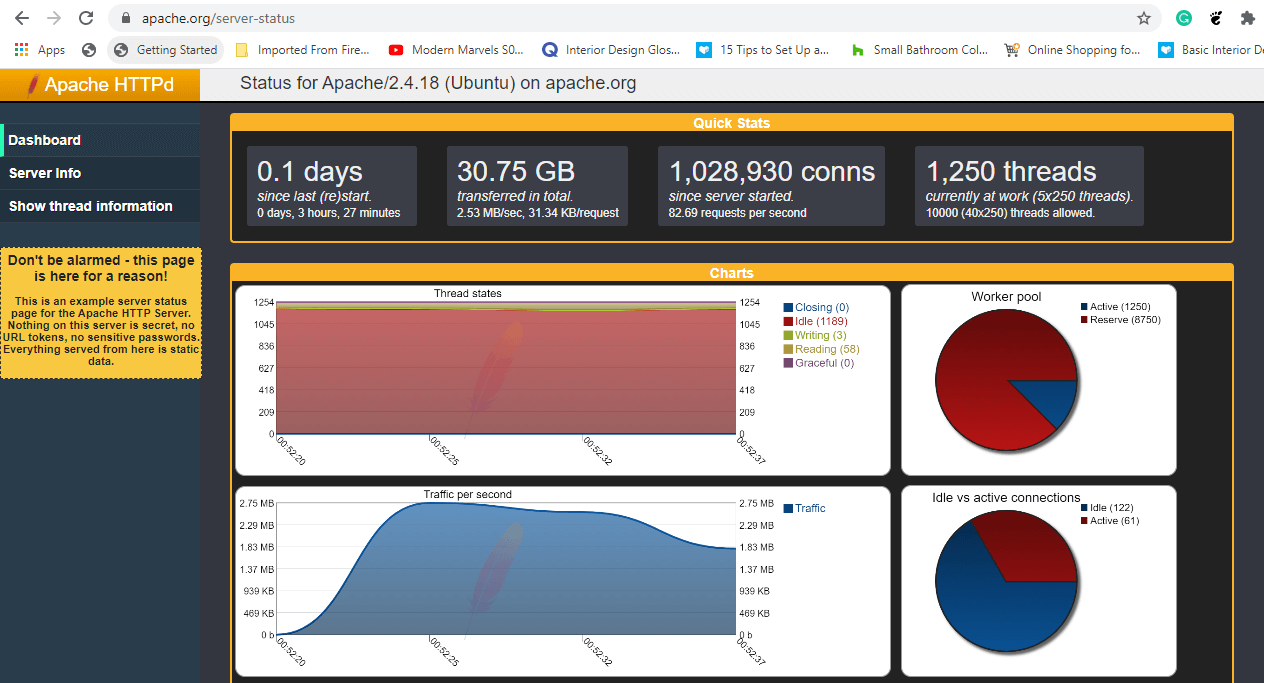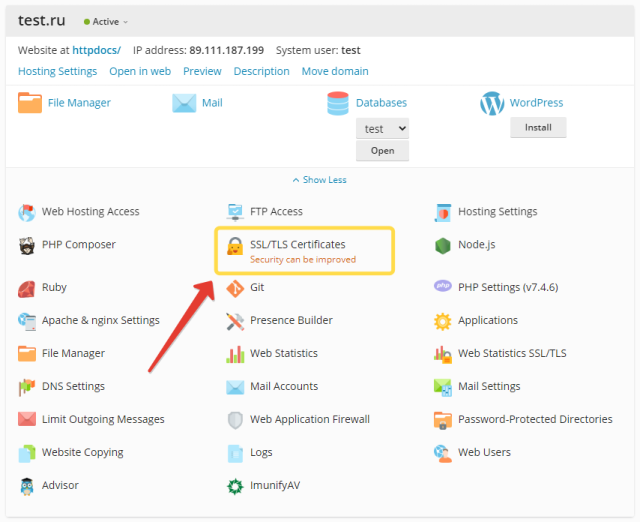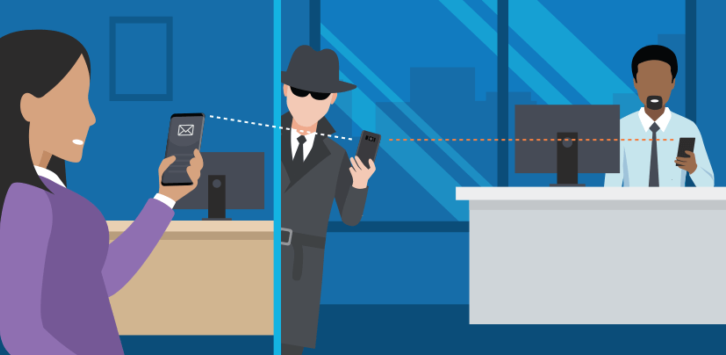
An application web server hosts Web services on its own and provides dynamic content. They use a lot of resources, which is why they are more expensive than regular web servers. They are essential for your business. They can host a variety of different applications. Here are some features of an app web server.
An application web server is one type of server.
An application server is a server that hosts web and enterprise applications. It is responsible for managing the backend logic and deployment of applications. The application server can offer transaction and JPA capabilities. Its primary purpose is to allow websites and apps to communicate with one another.
An application servers is a networked computer which exposes business logic for clients. They communicate using HTTP to exchange information and deliver the results clients desire. However, unlike the webserver, an application server doesn't produce HTML content.

It hosts stand-alone Web services
An Application Web Server (AWS) is a server that hosts stand-alone Web services. These services are most often web applications. These servers are capable of handling different types containers, such as COM+ EJB and Microsoft dot NET. They support many scripting languages and host HTTP static material.
The difference between a web server and an application server is in the type of content it serves. A web server is best at serving static pages, while an app server is better at serving dynamic content. Applications servers can be used to host standalone Web services, such as Java applets.
It provides dynamic content
Application web server is the software that enables dynamic content to be served on a web page. This content can either be static or based upon data obtained from other sources. The data may come from the client by way of HTML Forms that use GET or POST requests, proprietary Java Applets, or other types of data. The first technology that allows dynamic web content was CGI (CGI), which allows the server to run external scripts and output HTML code.
Although dynamic content is typically generated from text, it can also be generated from information such as weather details, device type, and user location. Information about products and actions can also be included. By providing dynamic content, an application can improve its KPIs (Key Performance Indicators).

It consumes more resources than a web server
An application web server is a computer on the network that serves up code. It exposes clients' business logic and delivers the desired results. An application server provides code for specific tasks, while a web server responds with every HTTP request. An application server instead of responding with static HTML, creates a file based upon the request.
Application servers support a variety of applications and protocols. They help users run web applications and enterprise-based applications. They are capable of supporting HTTP and RMI. The application server's primary role is to provide an environment for running web applications.
FAQ
Is WordPress a CMS?
Yes. It's a Content Management System. A CMS allows you to manage your website content from within a web browser instead of using an application such as Dreamweaver or Frontpage.
WordPress is free! Hosting is included in the price, but you don't need to pay anything else.
WordPress was initially designed as a blogging platform but now offers many different options, including eCommerce sites, forums, membership websites, portfolios, etc.
WordPress is simple to install and configure. To install WordPress, you will need to download the installer file from their website. Once it is downloaded, upload it to your server. Simply visit the domain name from your web browser, and then log in to the new site.
After installing WordPress you will need to create a username/password. Once you log in you'll be able access all your settings via a dashboard.
From here, you can add pages, posts, images, links, menus, widgets, and plugins. You may skip this step if you feel comfortable editing and creating content.
If you prefer to work with a professional web designer, you can hire them to manage the entire process.
How Much Does it Cost to Create an Ecommerce Website?
It depends on the platform you choose and whether you use a freelancer to build your site or hire a service provider. eCommerce sites typically start at around $1,000.
Once you have chosen a platform, expect to pay between $500 and $10,000.
The average cost of a template will not exceed $5,000. This includes any customization you need to make to fit your brand.
How Do I Choose A Domain Name?
It is crucial to choose a great domain name. It is essential to have a unique domain name. People will not be able find you when they search your product.
Domain names should not be too long, difficult to remember, specific to your brand, or unique. Ideal domain names are something people would type into their browser.
Here are some tips for choosing a domain name:
* Use keywords that relate to your niche.
* Avoid hyphens (-), numbers, and symbols.
* Don't use.net or.org domains.
* Never use words that have already been used.
* Avoid using generic terms like "domain"/website.
* Check to make sure it's there.
What platform is the best to design a site?
WordPress is the best platform to design a website. It comes with all the tools you need for creating a professional website.
Themes can be easily customized and installed. You have thousands of options for free themes.
Plugins allow you to add functionality, such as adding social media buttons or creating contact pages.
WordPress is easy to use. To change your theme files you don't need HTML code. To change your theme files, all you have to do is click on an image and select the desired changes.
While there are many options for platforms, WordPress is my favourite. It has been around forever and is still widely used by millions.
Can I make my website using HTML and CSS?
Yes, you can! You will need basic knowledge of web design and programming languages like HTML (Hyper Text Markup Language) and CSS (Cascading Style Sheets). These two languages make it possible to create websites accessible by all who have an internet connection.
What is website design software?
Web design software is used to create web pages and other digital media by graphic artists, photographers and illustrators.
There are two main types of website design software: desktop applications and cloud-based solutions. Desktop apps are downloaded to your computer locally and you will need additional software. Cloud-based software is hosted remotely over the internet. It does not require you to install additional software, which makes them great for mobile users.
Desktop Applications
While desktop applications offer more advanced features than those in cloud-based solutions, they aren't always necessary. Some people prefer working exclusively on a desktop app, as they find it easier. Others like to use the same tool regardless of whether they are working on a laptop or a smartphone.
Cloud-Based Solutions
Cloud-based solutions are a great option for web designers looking to save time and money. These services let you edit any type or document anywhere you have an internet connection. This means you can work on a tablet while waiting for your coffee to brew.
If you decide to go with a cloud-based service, you'll still need to purchase a license for the program. You will not need additional licenses to upgrade to a higher version.
If you have Photoshop, InDesign and Illustrator, these programs can be used for creating web pages.
What is responsive web design?
Responsive Web Design (RWD), is an approach to designing responsive websites. Content will display correctly on all devices, such as smartphones, tablets, laptops, tablets, and desktop computers. This allows users to simultaneously view a website from one device while still being able to access other features, such as navigation menus and buttons. The goal of RWD is to ensure that when a user views a site on any screen size, they view the exact version of the site.
For example, if you were building a website for a company whose products sell primarily through eCommerce, you would want to ensure that even if a customer viewed your website on a smartphone, they could easily purchase items from your store.
Responsive websites will adjust their layout according to the device that is being used. Your laptop will view the website exactly as a normal desktop site. It will look different if you view the page from your phone.
This means you can make a website that looks amazing on all types of devices.
Statistics
- Is your web design optimized for mobile? Over 50% of internet users browse websites using a mobile device. (wix.com)
- In fact, according to Color Matters, a signature color can boost brand recognition by 80%. There's a lot of psychology behind people's perception of color, so it's important to understand how it's used with your industry. (websitebuilderexpert.com)
- At this point, it's important to note that just because a web trend is current, it doesn't mean it's necessarily right for you.48% of people cite design as the most important factor of a website, (websitebuilderexpert.com)
- It's estimated that in 2022, over 2.14 billion people will purchase goods and services online. (wix.com)
- It enables you to sell your music directly on your website and keep 100% of the profits. (wix.com)
External Links
How To
How to use Drupal 7 for Web Design
Drupal is today's most popular Content Management System (CMS). It was developed back in 2003 by Dries Buytaert from Belgium. The name of the site is derived by Dirk Buijtewaard's surname and Pierre d'Herbemont's surname. In 2005, Drupal became open source, and since then, there are many versions of this CMS. Today, Drupal is used by many websites and companies around the world.
Drupal is extremely popular among website owners due to several reasons. It's easy to use and free to download. Second, it is easy to customize and extend. It is well documented. Fourth, forums and IRC channels provide great support. Fifth, it can be expanded via modules. Sixth, it supports multiple language versions. Seventh, it is easily customizable. Eighth, it can be scaled. It is secure. Tenth, it is reliable. Finally, Drupal is supported by the entire community. All these factors make Drupal a perfect choice for your next project.
You might be wondering what makes Drupal unique from other CMSs. It is easy to answer. Drupal is an Open-Source Content Management System. Drupal is free and open-source content management system. Drupal gives you full control over your website. You can edit your website, add pages or delete them, and change the colors, fonts, images and videos.
Drupal is a good choice if you don't have the technical skills to build a website. Unlike other CMS, you don't need to know anything about programming to start building your website. Only you will need to be able to use the basic functions of Drupal. Once you have learned how to use Drupal, you can modify your website as it suits your needs.
Drupal's many pre-built themes, and plugins are another benefit. These plugins help you to enhance your site's functionality. To gather contact information from your visitors, you could use the Contact Form Module. Also, you can use Google Maps to display maps on your website. Drupal comes with thousands of pre-made templates. And these templates give your website a professional look.
Drupal is also flexible. Drupal supports many different modules, so you can easily add or remove them from your website without worrying about compatibility. If you're looking to integrate social networking into your site, you can do this quickly. You can also set-up RSS feeds, email subscriptions, etc.
Drupal can also be customized. Drupal lets you add custom fields, forms, manage users and much more. Drupal allows you to create complex layouts.
Drupal is resilient and reliable. Drupal is reliable and easily scalable. It offers outstanding security features. So if you're looking for a good web development platform, then Drupal is worth considering.